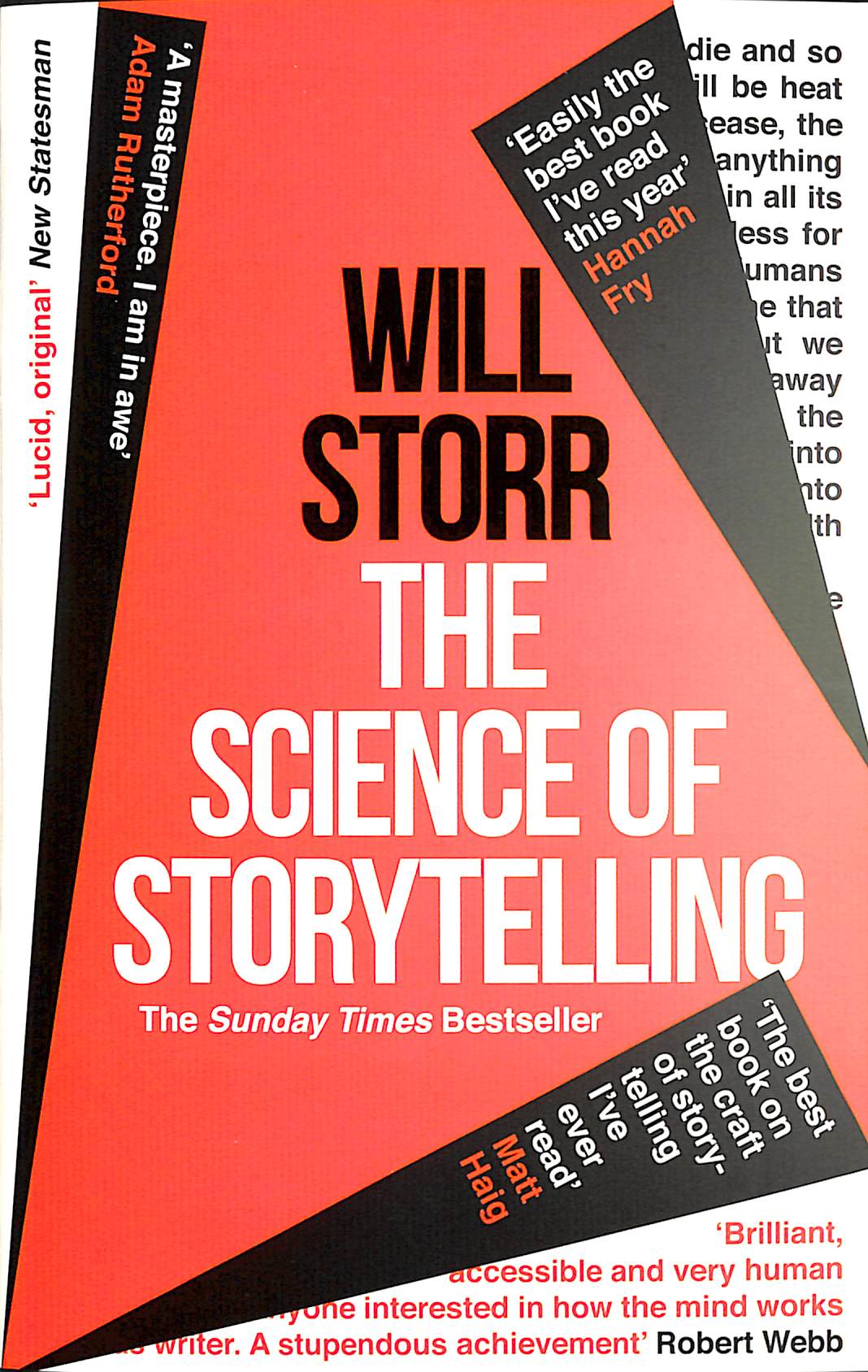

Will Storr is a prize-winning journalist and the author of a very good, if largely forgotten, novel, The Hunger and the Howling of Killian Lone. He illustrates how we draw on neural models to populate the worlds of the novels we’re reading Yet as the brilliant send-up of Robert McKee’s Story, one of the many guides that use formalist archetypes to provide film writers with plot blueprints, in the Charlie Kaufman film Adaptation demonstrates, the structures that work for blockbusters don’t always work for more refined narratives. Novice novelists still tend to turn to screenwriting guides when looking for inspiration. It’s surprising, given how many authors now teach creative writing in order to supplement their meagre incomes, that there aren’t more good books on the craft of novel writing. And even in the age of AI, the novel remains our most subtle and sophisticated piece of technology when it comes to answering these deep, existential questions. Every time we read a novel, we’re giving ourselves a new way of thinking about the shape and structure of our own lives. These narratives, as Peter Brooks showed in his classic critical work Reading for the Plot, “follow the internal logic of the discourse of mortality” – stories have beginnings, middles and ends because our lives do.


T he American novelist John Barth claimed that rather than the traditional “what happened next?”, the real question that every reader is asking him or herself as they read is “the essential question of identity – the personal, professional, cultural, even species-specific ‘Who Am I?’” Stories are ordering, sense-making machines, helping our brains to render the frantic incoherence of chaotic existence into comprehensible narratives.


 0 kommentar(er)
0 kommentar(er)
